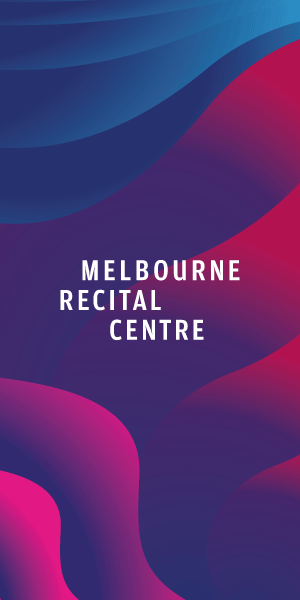Melbourne’s historic cemetery
During its 170 years of operation, the Melbourne General Cemetery in Carlton has become the final resting place of many of the important figures of Victoria’s and Australia’s colonial and later history, including seven Premiers of Victoria and several Prime Ministers of Australia. However, the managing of the cemetery by its trustees has been a source of considerable controversy.
When it was first established in 1850, the Melbourne General Cemetery was a very up-to-date institution for its time. Its 106 acres were carefully divided into areas for each of the main religious groups. Unlike traditional churchyards, it was intended to have a park-like atmosphere with open areas and lots of ornamental trees and shrubs, rotundas and rockeries. In its heyday in the late 19th century, the cemetery was a pleasant place to stroll on a Saturday afternoon.
But soon the need to find more burial spaces for an ever-increasing population undermined these good intentions and the result was an overcrowded and neglected cemetery. The city’s expanding population demanded more burial space, and the early concept of a park-like cemetery gave way to the need to find more and more burial sites. Gradually the lawns and open areas, and even some of the winding paths, were used to accommodate graves.
By 1904, just 50 or so years after it was opened, the place was full and the sale of graves was stopped, although burials in already sold sites continued. In the decades that followed, the ongoing costs of maintenance with no income from sale of sites put pressure on the limited financial resources of the cemetery, and a long period of neglect occurred. It became very run-down and there was widespread vandalism and theft of brass decorations.
However, in 1927 the overcrowded and run-down cemetery was reopened. An area in the south-west of the cemetery that had been a formal entry drive, complete with cast-iron gate and stone gatehouse (see photo) was closed and made available for new graves. The wide formal driveway was done away with, and the entrance gate and gatehouse moved to where they are now, on the southern boundary on College Crescent. A new administrative building and residence was built there in 1934-35 using the stone from the demolished former gatekeeper’s cottage.
By the 1940s, all this new ground was also used up and the trustees were resorting to filling in roadways and footpaths with more graves. From the 1950s to the 1970s the cemetery sold old 19th century pauper graves for reuse as private plots. Although somewhat unethical, this was in fact lawful, as a pauper burial did not bestow a legal claim on the land. What was more dubious, however, was the reselling of plots that had been sold many years before but had remained unused. In the 1960s and 1970s it got even worse. The trustees began covering over very old gravesites with earth and reselling them to unsuspecting migrant families as burial plots. So flagrant were these abuses that in 1978 a government inquiry was held, the result of which was that the trustees were forced to resign, and criminal charges were laid against some staff members.
In 1980 the running of the cemetery was handed over to a private company, the Springvale Necropolis, which has been able to generate revenue by selling plots for cremated ashes, and by building three mausoleums that are very popular with the Italian community in particular. Mausoleums contain above ground burials, which were illegal in Victoria until a few years ago. But migrant groups, particularly the Italian community lobbied to have them built •

Bottega Tasca: Carlton’s go-to fine wine boutique






 Download the Latest Edition
Download the Latest Edition